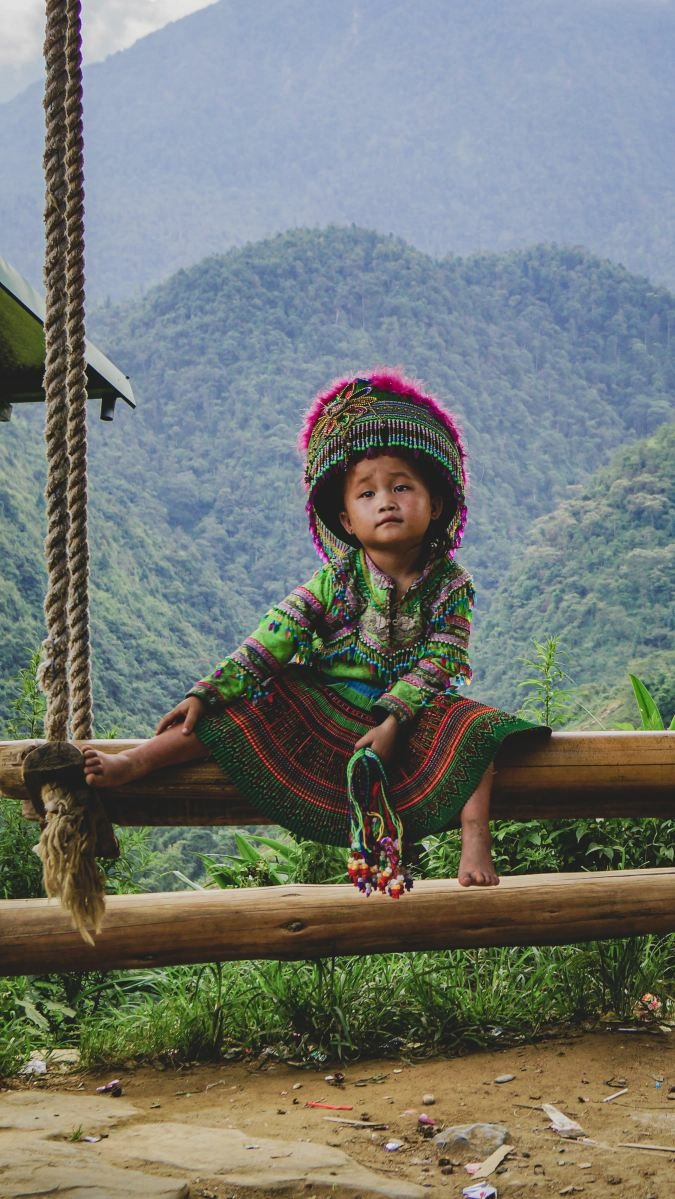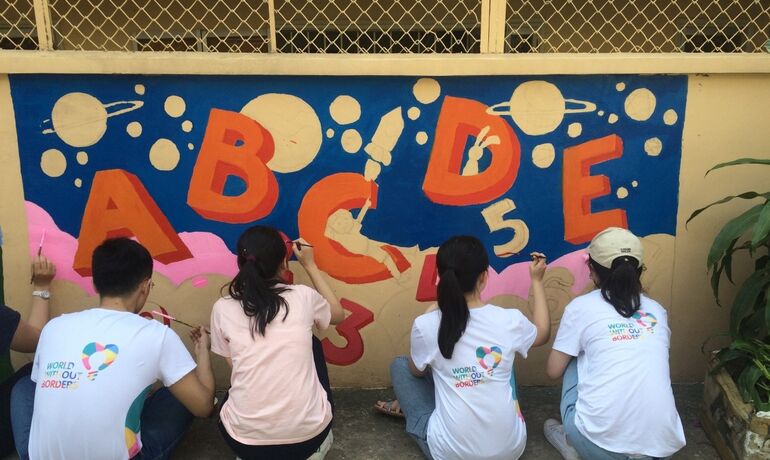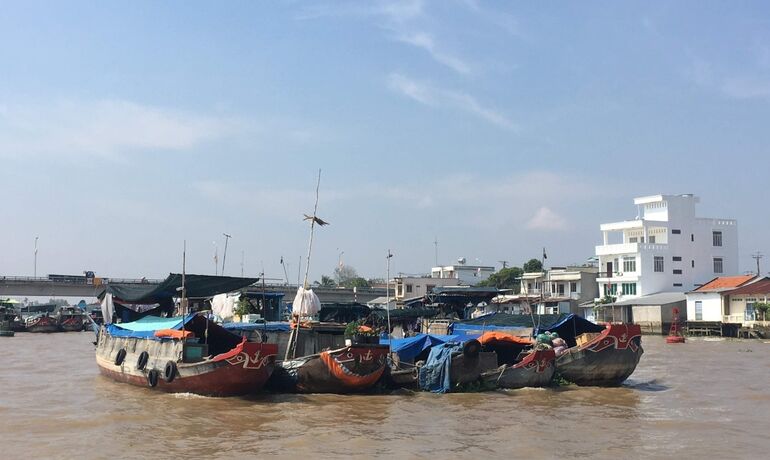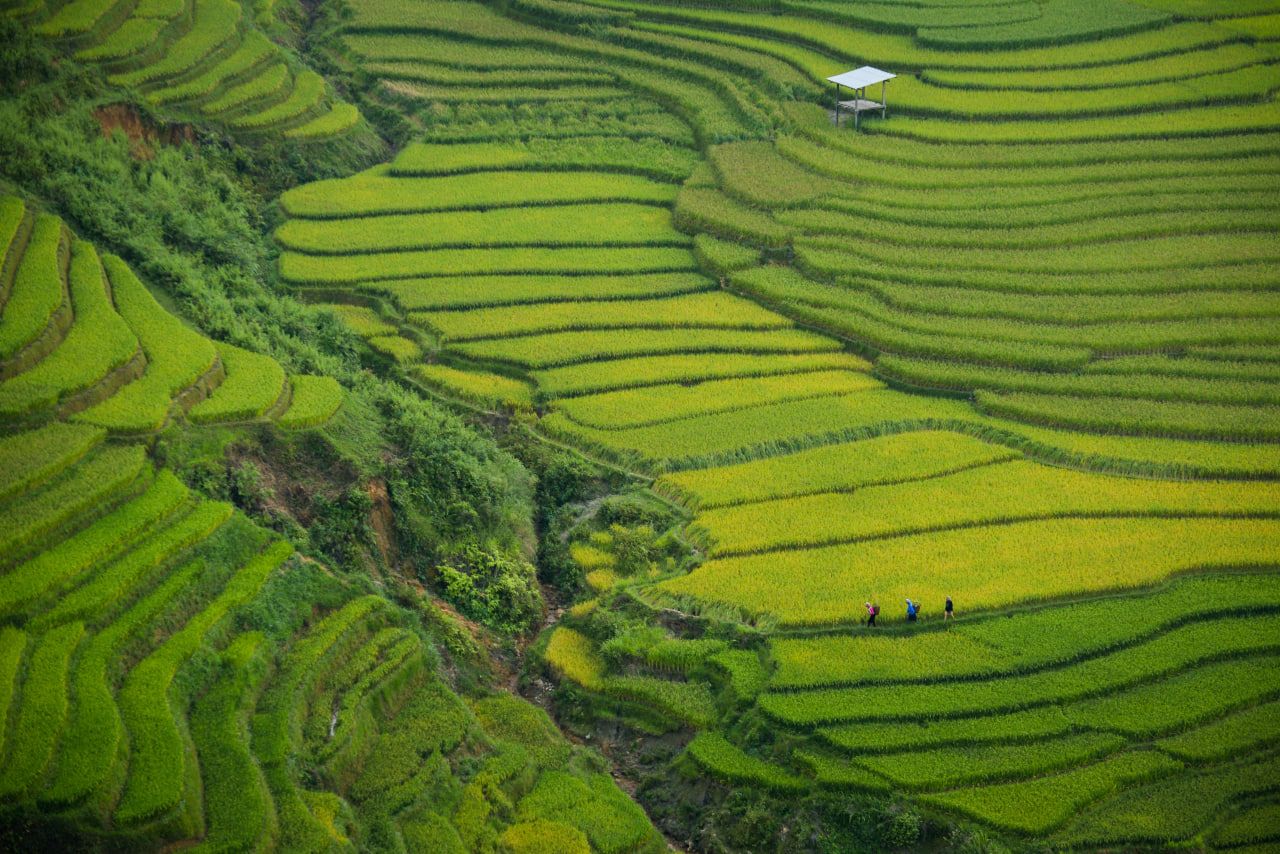Sapa, a remote and enchanting destination nestled in the far northern reaches of Vietnam, presents a captivating landscape of rolling emerald hills, cascading waterfalls, and terraced rice fields that stretch into the horizon. This picturesque town, perched at an altitude of 1,600 meters above sea level, holds a unique charm that makes it an ideal setting for a school trip. Sapa’s natural beauty is not only awe-inspiring but also teeming with educational value, offering students an unparalleled opportunity for cultural immersion and environmental exploration. In this thousand-word exploration, we will delve into the allure of Sapa, discussing why it is the perfect destination for a school trip.
Sapa’s stunning landscapes serve as a captivating classroom for students. The region is famed for its tiered rice terraces, which drape the mountainsides like verdant quilts, creating a mesmerizing sight that changes with the seasons. These terraces are not only an extraordinary example of agricultural ingenuity but also an embodiment of the delicate balance between humans and the environment. A visit to Sapa provides students with a hands-on opportunity to understand the intricate workings of a centuries-old farming system. They can engage with local farmers, who generously share their knowledge of planting, harvesting, and cultivating the rice paddies, all while enjoying panoramic views that extend as far as the eye can see.
Moreover, Sapa offers an insight into the life of ethnic minority communities, including the Hmong, Dao, and Tay people. These vibrant cultures are an integral part of the region’s identity, and a school trip to Sapa allows students to engage in meaningful cross-cultural exchanges. They can visit local villages, interact with community members, and learn about traditional customs and rituals, thus fostering a sense of cultural appreciation and understanding. The vibrant tapestry of local traditions, colorful textiles, and age-old practices gives students a unique perspective on diversity and the importance of preserving cultural heritage.
Sapa is a place where the boundaries between the classroom and the real world blur. Nature serves as the ultimate teacher, and the rugged terrain, lush forests, and pristine streams become an interactive textbook for students. Whether embarking on a guided trek through the hills or navigating scenic routes on a bike tour, students can explore the area’s flora and fauna. The region is also known for its diverse bird species, which provides an excellent opportunity for budding ornithologists to engage in birdwatching. Through this, they gain an appreciation for biodiversity and the interconnectedness of ecosystems, reinforcing the importance of environmental conservation.
Environmental sustainability is a pressing global concern, and Sapa embodies the principles of sustainable living and resource management. The terraced fields are an embodiment of sustainable agriculture, where every aspect of cultivation is in harmony with the natural world. Students can observe the ingenious use of water resources, integrated farming, and crop rotation systems, which contribute to the preservation of the environment. These lessons impart an understanding of the delicate balance between human activities and nature, encouraging a sense of responsibility towards sustainable practices.
In addition to its natural wonders, Sapa offers various educational activities that foster personal growth and development. Students can participate in team-building exercises, leadership workshops, and problem-solving challenges in the midst of Sapa’s breathtaking landscapes. These activities not only enhance their interpersonal skills but also teach them to adapt and thrive in diverse environments, a crucial skill in our interconnected world.
Sapa’s significance goes beyond the classroom; it extends to the art of storytelling. The town is home to countless legends and myths, and locals are adept at sharing their stories through traditional songs, dances, and folk tales. A visit to a local cultural performance or a storytelling session allows students to experience the power of narrative and appreciate the role of storytelling in preserving cultural history.
Sapa’s cool climate, lush vegetation, and serene landscapes offer a respite from the fast-paced urban life. It’s an ideal setting for mindfulness and self-reflection, fostering a deeper understanding of oneself and one’s connection to the natural world. Students can engage in meditation sessions, yoga classes, or simply find solace in the tranquility of the surroundings, an experience that encourages personal growth and well-being.
The culinary aspect of a school trip to Sapa is a journey in itself. The town’s local cuisine is a fusion of flavors, combining traditional Vietnamese dishes with regional specialties. Students can partake in cooking classes, where they learn to prepare local delicacies using fresh ingredients from the surrounding hills. This culinary exploration goes beyond taste and nourishment; it reinforces the cultural importance of food and its role in building communities and traditions.
One of the most valuable aspects of a school trip to Sapa is the opportunity for community service. Students can actively engage in various meaningful projects, from helping with local infrastructure development to supporting community-based initiatives. This hands-on experience imparts a sense of social responsibility and encourages students to reflect on the global impact of their actions.
Furthermore, Sapa is an ideal destination for language and cultural exchange programs. Students can take part in language lessons, learning basic phrases and engaging in conversational activities with local residents. This not only enhances their language skills but also fosters cross-cultural friendships and emphasizes the importance of effective communication in a globalized world.
Sapa also encourages adventure and exploration. Students can set off on guided hikes to witness breathtaking waterfalls, trek to remote villages, and camp under the star-studded skies. These adventures not only introduce students to the wonders of the great outdoors but also challenge them physically and mentally, building resilience and a sense of accomplishment.
In conclusion, Sapa is a multifaceted destination that seamlessly blends nature, culture, and education. Its stunning landscapes, diverse ethnic communities, environmental lessons, and meaningful engagement opportunities make it a compelling choice for a school trip. Students who journey to Sapa not only gain a deeper appreciation for the environment and cultural diversity but also develop personal growth, resilience, and a sense of global responsibility. Sapa’s unique blend of natural beauty and cultural insights provides an unforgettable and transformative experience for young learners, making it an ideal destination for a school trip.
JOIN OUR FACEBOOK GROUP HERE to learn our tips as well as discuss them before going to these locations





